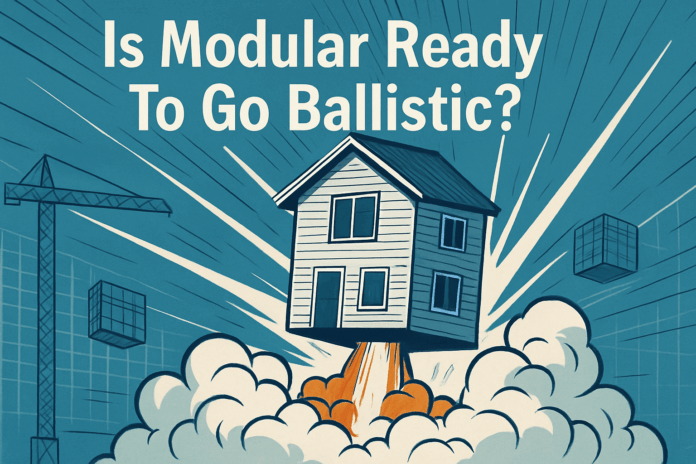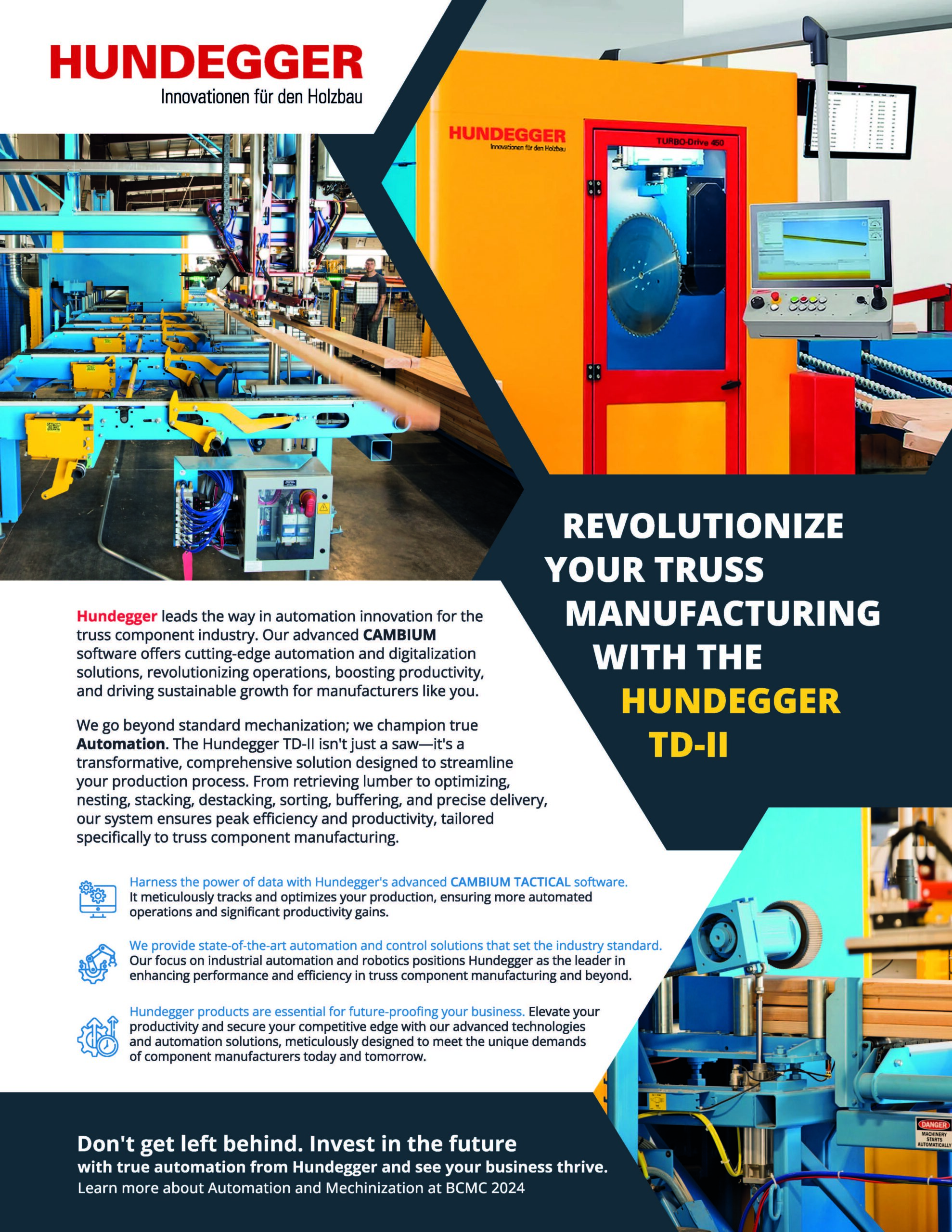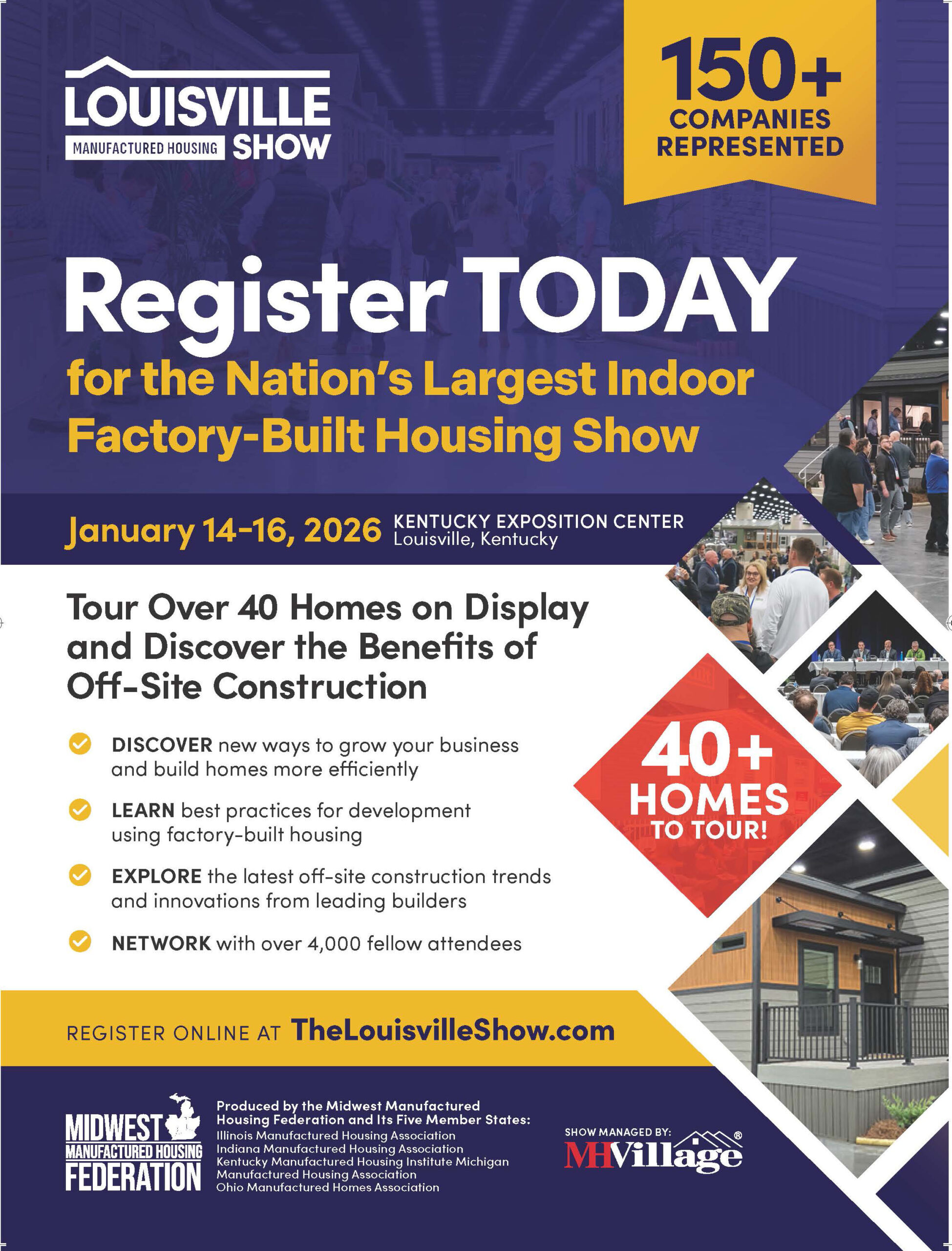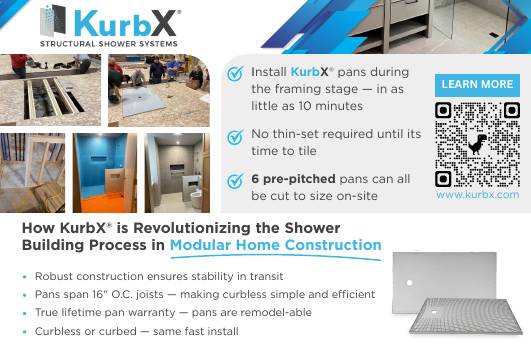Residential construction in the US is at a turning point. With the availability of skilled labor shrinking, material prices rising and building codes getting stricter, traditional homebuilding methods are falling short. Meanwhile, the housing shortage grows ever more acute. We’ve reached a moment of transformation: modular construction has emerged as the clear answer to the challenges facing both builders and buyers.
Modular growth is following the classic “hockey stick” curve — a pattern I’ve witnessed across other industries time and again. The early days of tinkering and testing gave way to the Blade Phase, where modular construction proved its superiority in quality and speed, yet never quite reached the mainstream. Each time it was on the verge of breaking out, another recession or market hiccup knocked it back.
But now? We’re past those setbacks. We’ve arrived at the Growth Inflection Point, when the graph starts to curve upward. This is the moment when technology, consumer demand and a shifting labor landscape are aligning to propel modular construction from a promising alternative to unstoppable standard.
There’s a parallel here with the Japanese auto industry. In the early 1970s, their cars were seen as cheap and inferior — until they weren’t. Year after year, vehicle manufacturers like Honda, Subaru and Toyota worked at refining designs, improving fuel efficiency and engineering safety into every vehicle. When the oil embargo hit in 1973 and gas prices soared, American consumers took note. By 1990, Japanese automakers weren’t just competitive; they were the gold standard, outpacing the Big Three US automakers with better performance, reliability and value. The magic? It was in their process.
We’re seeing the same dynamic in modular construction today. In fact, modular’s process advantages are impossible to ignore. Factory-built homes benefit from a controlled environment — no weather delays and no unpredictable jobsite challenges. And labor is easier to train and retain in a factory setting, where teams work consistently and continuously improve quality. It’s process-driven innovation.
Look at multifamily, hotel and workforce housing. In cities across the country, developers are turning to modular to deliver much-needed apartments faster and more affordably. Projects like the 32-story CitizenM hotel in Seattle, Wash. constructed almost entirely from modular components, prove that modular isn’t just for small-scale projects — it’s a great fit for urban high-rises and more. Developers have discovered that modular can shave months off their schedules while maintaining superior quality — a competitive edge that’s simply too good to ignore.
Single-family homebuyers are getting wise to the benefits as well. They’re doing the research, and they’re learning how modular homes outperform site-built ones in energy efficiency and durability. Modular’s tighter construction tolerances mean lower energy bills and a home that’s easier on the planet and the wallet. And let’s not forget design: modular homes today can rival — and often surpass — site-built homes in style and customization.
Of course, many custom homebuilders have resisted the shift to modular, but that tide is turning. These builders are realizing that to stay competitive, they must embrace modular’s efficiencies and deliver the homes today’s buyers expect. With interest rates and economic signals sending mixed messages, the market is anything but predictable. Builders can’t afford to rely on the old ways. In these uncertain times, only those who adapt and build smarter will stay competitive.
The future of residential construction is modular. Commercial builders have already proven that off-site construction is the smarter, faster and more cost-effective way to build. Now it’s time for residential builders to catch up. That hockey stick graph is about to enter the phase of Surging Growth — and I believe it’s here to stay.
As someone who’s spent decades championing the benefits of modular construction, I see this as a pivotal moment. It’s time to break free from the limitations of traditional construction. It’s time to leverage the power of precision, consistency and process. It’s time for modular to take its rightful place as the dominant way we build new homes in America.
The future isn’t coming. It’s already here. And it’s modular.
If you liked this article, you can follow Ken Semler on LinkedIn, where he offers daily insights and commentary about offsite construction.

















